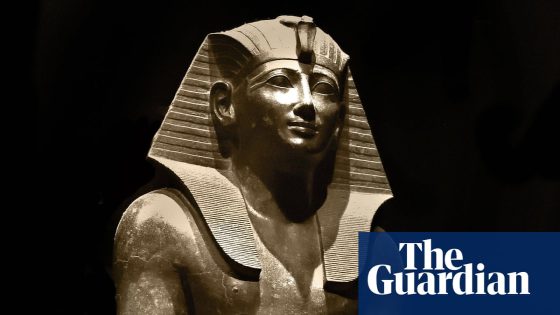British archaeologist Dr. Piers Litherland announced the discovery of the first tomb of an Egyptian pharaoh in over a century, belonging to Thutmose II, who reigned from 1493 to 1479 BC. The tomb was found in the Valley of the Kings, Egypt, where Litherland had been conducting research for more than a decade.
- Discovery of Thutmose II's tomb announced
- Tomb features blue ceiling with yellow stars
- Initially thought to belong to a royal wife
- Tomb was deliberately emptied, not robbed
- Fragments identified Thutmose II as occupant
- Potential for a second intact tomb exists
The discovery of Thutmose II’s tomb is significant as it resolves a long-standing mystery regarding the burial sites of early 18th dynasty kings. The tomb was initially believed to be located elsewhere, but Litherland’s findings have shifted this understanding. The tomb features a blue ceiling adorned with yellow stars and scenes from the Amduat, a royal religious text.
During the excavation, Litherland and his team encountered flood debris that obscured the tomb’s contents. They initially assumed it belonged to a royal wife until the decorations revealed its true significance. The tomb was found empty, not due to robbery but because it had been deliberately cleared and flooded shortly after Thutmose II’s burial.
Key details about the tomb include:
- Discovered in the Valley of the Kings.
- Thutmose II was the husband and half-brother of Hatshepsut.
- Fragments of alabaster identified the tomb’s owner.
Litherland’s team, in collaboration with the Egyptian Ministry of Tourism and Antiquities and the New Kingdom Research Foundation, is now investigating the possibility of a second, intact tomb. This discovery has the potential to enhance our understanding of ancient Egyptian burial practices and royal lineage.
The discovery of Thutmose II’s tomb not only adds to the rich history of ancient Egypt but also opens new avenues for research into the burial practices of pharaohs. As investigations continue, the potential for further discoveries remains high, promising to deepen our understanding of this fascinating period.
































